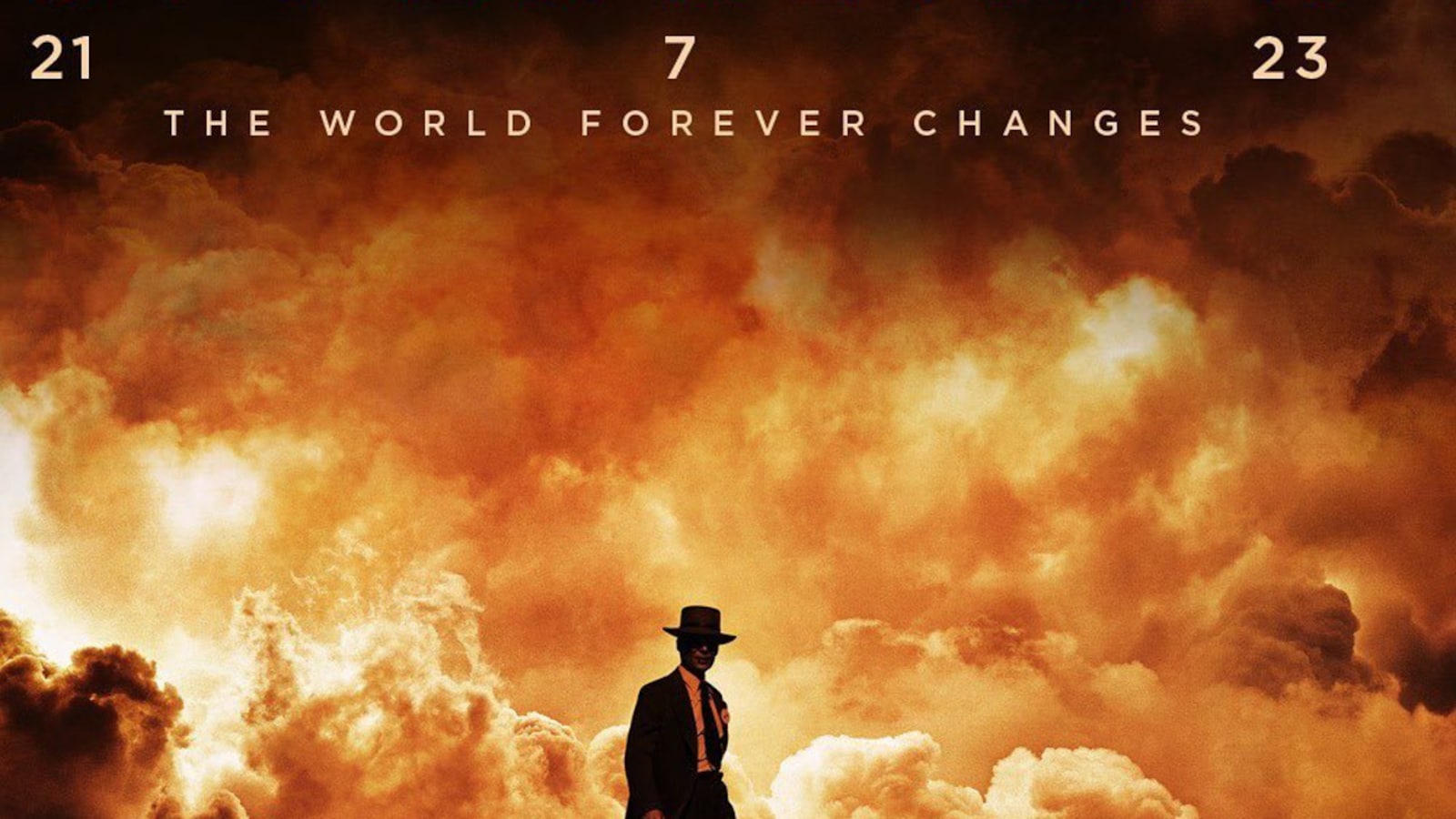Unveiling Christopher Nolan’s “Oppenheimer”: A Journey into the Scientist’s Enchantment with Hinduism and the Significance of Quoting the Bhagavad Gita post-bomb testing.
This highly anticipated film has reignited curiosity about nuclear physicist J. Robert Oppenheimer’s profound connection with the Hindu faith.
As anticipation builds among fans in India for the upcoming release of Christopher Nolan’s film “Oppenheimer,” the spotlight turns to the remarkable connection between the renowned nuclear physicist and the Bhagavad Gita. Oppenheimer frequently drew inspiration from the sacred text, and his references to it have become synonymous with his remarkable achievements.
Through his groundbreaking research, Oppenheimer played a pivotal role in the development of the first nuclear bombs. When the bomb was successfully tested in the New Mexico desert in 1945, he immediately grasped the gravity of his creation. The haunting words from the Gita echoed in his mind: “If the radiance of a thousand suns were to burst into the sky, that would be like the splendor of the Mighty One… I am become death, the shatterer of worlds.” These profound words encapsulated the enormity of the moment and the profound ethical implications of his scientific breakthrough.
As per Time Magazine, J. Robert Oppenheimer’s connection to the Bhagavad Gita went beyond mere fascination, as he would often read the sacred text for personal delight and to entertain his friends. A well-worn copy of the Gita, bound in pink and held together by scotch tape, found a permanent place in his Princeton study, a testament to its significance in his life.
Oppenheimer’s thirst for knowledge led him to learn Sanskrit, making it his eighth language, under the guidance of Professor Arthur W Ryder at Berkeley. He was particularly fond of the couplet, “Scholarship is less than sense, therefore seek intelligence.” Despite being a Nobel Prize-winning physicist, he exhibited an eclectic array of interests, which extended beyond the scientific realm, including his profound interest in Hinduism. Colleague Isidor Rabi remarked that Oppenheimer was “overeducated” in fields beyond the scientific tradition, often venturing into a mystical realm of broad intuition as he explored the boundaries of knowledge.
Time Magazine’s 1948 report shed light on the events of the day when the first nuclear bomb was tested. Oppenheimer’s demeanor was described as increasingly tense as the countdown approached its end. He held onto a post for support, hardly breathing, and when the momentous burst of light and subsequent explosion occurred, his face conveyed tremendous relief.
In the aftermath of the destructive deployment of two atomic bombs on Hiroshima and Nagasaki, Oppenheimer grappled with the ethical complexities of his creation. While the bombs effectively ended World War II, the immense devastation they caused deepened his contemplation. He shared with fellow physicists that the bomb had “dramatized so mercilessly the inhumanity and evil of modern war.” He acknowledged that the physicists had come to know sin in a crude sense, an awareness that they could not escape. This reflection on the consequences of his work left a lasting impact on Oppenheimer, shaping his perspective on the moral responsibilities of scientific discovery.
In a news interview after the bombings on Japan, Oppenheimer vividly recounted the emotional atmosphere in the control room on the day of the test. He acknowledged that they were aware the world would be forever changed by this event. The reactions varied among the team present: some laughed, some cried, but most were left in stunned silence. Oppenheimer found himself recalling a line from the Bhagavad-Gita, where Vishnu, in an effort to persuade the Prince, assumes a multi-armed form and declares, “Now, I am become Death, the destroyer of worlds.” He remarked that, in some way or another, they all shared similar thoughts at that moment.
In an attempt to oversee and regulate atomic energy, Oppenheimer took on a leadership role by heading the Atomic Energy Commission’s General Advisory Committee, comprising top nuclear scientists. He also served on the atomic committee of the Research and Development Board, providing critical advice to the military. These roles demonstrated his commitment to grappling with the ethical implications of atomic energy and ensuring responsible stewardship of this powerful and potentially devastating technology.
The highly anticipated film “Oppenheimer” will prominently feature the momentous 1945 test, as revealed in the trailers. One of the trailer’s haunting images captures Oppenheimer’s face illuminated by the light of the explosion, likely symbolizing the weight of the moment and its profound impact on him.
Global audiences can look forward to experiencing the film on the big screen, as it is scheduled to be released in theaters worldwide on July 21. The anticipation for the movie was so high that advance booking began three weeks before the release date. However, recent reports suggest that advance bookings were temporarily halted due to the film receiving an A certificate from the Central Board of Film Certification, indicating that it is suitable for adult audiences.
“Oppenheimer” draws its inspiration from the Pulitzer Prize-winning book “American Prometheus: The Triumph and Tragedy of J. Robert Oppenheimer” by Kai Bird and the late Martin J. Sherwin. The cast is led by Cillian Murphy in the titular role, supported by talented actors such as Emily Blunt, Matt Damon, Robert Downey Jr., Florence Pugh, and others, promising an impressive and star-studded cinematic experience.

